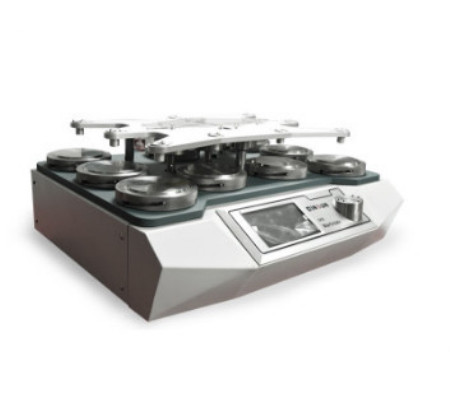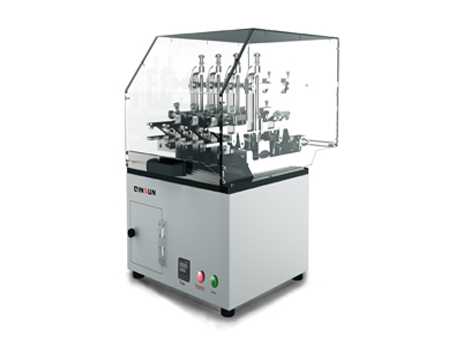Site: Home > Home > News and events
The Martindale and Wyzenbeek tests are two commonly used methods to evaluate the abrasion resistance of textiles, particularly fabrics. These tests help determine a material's durability and ability to withstand wear and tear caused by rubbing or friction.
The Martindale test, also known as the Martindale abrasion test, is widely used in Europe and measures the abrasion resistance of fabrics. It simulates the wear that occurs during normal use, such as rubbing against another surface or repeated sitting and sliding.

The test involves placing a circular piece of test fabric on a moving circular platform. The fabric is subjected to the constant rubbing motion of a standard abrasive pad or a sample of worsted wool fabric. This rubbing action creates abrasion and mimics the wear caused by everyday usage. The test is performed under controlled conditions, including the number of cycles and the applied pressure.
During the test, the fabric is periodically inspected for any signs of damage, such as color loss, yarn breakage, or visible wear. The test continues until a specified endpoint is reached, which could be a predetermined number of cycles or when the fabric shows a significant level of damage.
The results of the Martindale test are reported as the number of cycles the fabric endured before a noticeable level of damage occurred. Higher cycle counts indicate better abrasion resistance and greater durability.
The Wyzenbeek test, also known as the Wyzenbeek method or Wyzenbeek abrasion resistance test, is commonly used in the United States. It assesses the abrasion resistance of fabrics, including woven, knitted, and coated textiles.

In the Wyzenbeek test, a rectangular specimen of the fabric is mounted flat and taut over a frame. The fabric is then subjected to the back-and-forth motion of a mechanical arm with a rubbing pad or a piece of worsted wool fabric attached to it. The arm moves back and forth in a straight line, simulating the rubbing action that occurs during use.
The test is conducted under controlled conditions, including the number of cycles and the applied pressure. The fabric is inspected periodically for any signs of damage, such as yarn breakage, pilling, or visible wear. The test continues until a specified endpoint is reached, which could be a predetermined number of cycles or when the fabric shows a significant level of damage.
The results of the Wyzenbeek test are reported as the number of cycles the fabric endured before a noticeable level of damage occurred. Higher cycle counts indicate better abrasion resistance and greater durability.
Both the Martindale and Wyzenbeek tests provide valuable information about a fabric's resistance to abrasion. However, it's important to note that the results from these tests should be interpreted alongside other factors like fiber content, weave structure, and intended usage to assess the overall durability of a fabric.
Copyright 2022:Qinsun Instruments Co., Limited
High-end textile tester supplier Email:info@qinsun-lab.com | Textile Testing Equipment pdf | Tel:021-67800179 |